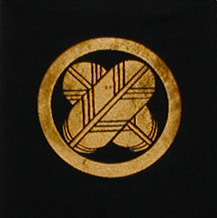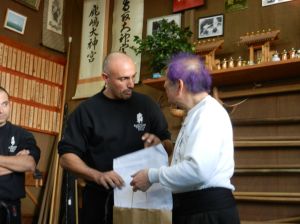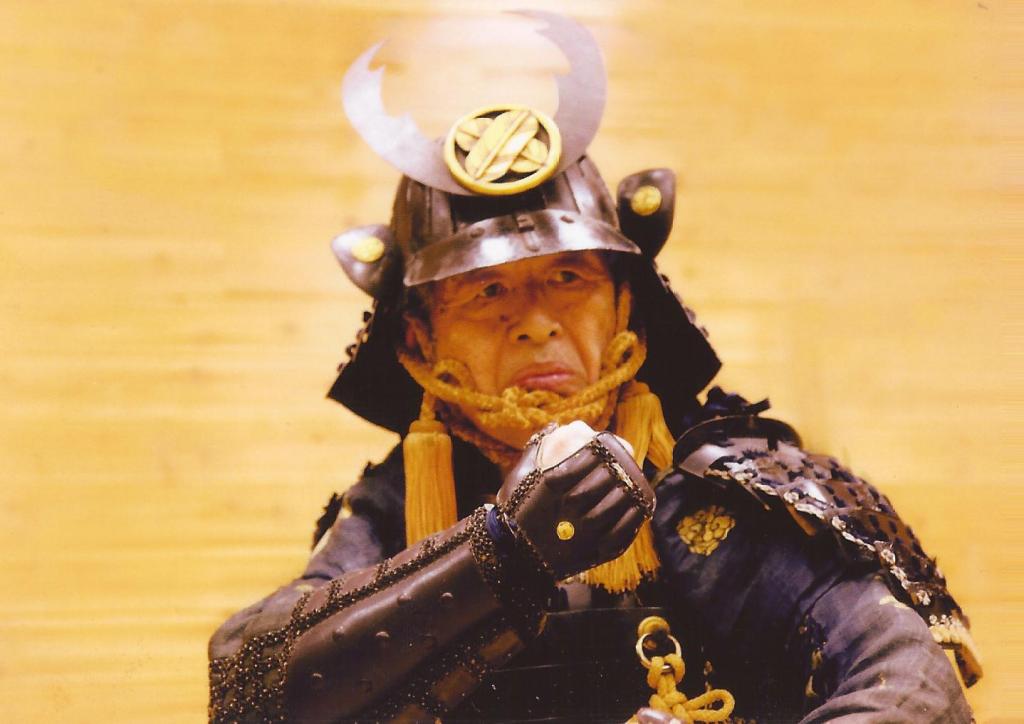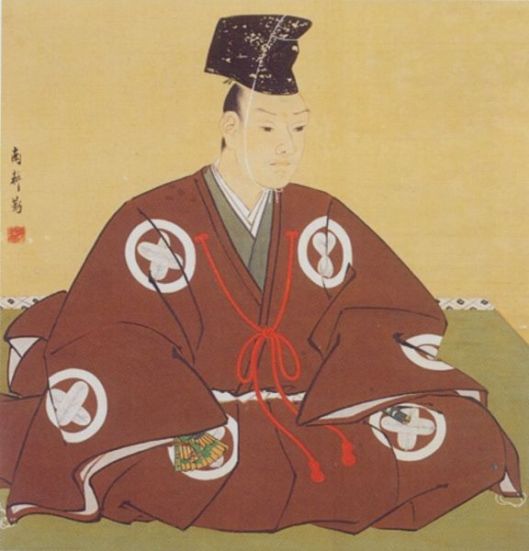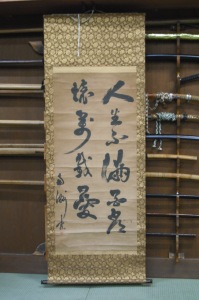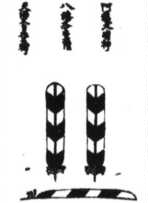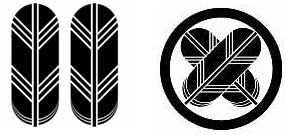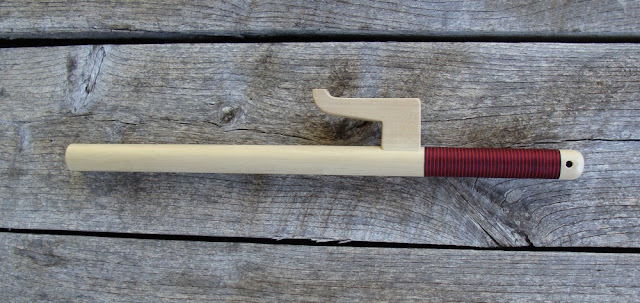From Bujinkan Santa Monica by Michael Glenn
 |
| Takayuki Ishihara photo By CobraVerde |
After typing this I already sense people clicking some other link. Looking for the next flashy blog post or training video. Or worse, being convinced they already understand this "secret." Sensei often reminds us that enlightenment is under our feet. This is like 脚下照顧 kyakkashouko, where the best way to begin to know yourself is to look where your own footsteps fall. So let's start walking.
We have many types of walking in the Bujinkan to consider. Some of these skills are called ashi. I've written about many of these types of walking before: Like a Walk Through Yūgen 幽玄
But today I want to explore some ways to make your footwork more dynamic. If you are ready to really learn, here are some drills you can begin with:
- Use yoko aruki to lead into or out of sanshin striking. This will strengthen both your footwork and give you new insight into sanshin. Now do it in eight directions.
- Then yoko aruki evasions (with an attacker!) in eight directions transitioning into all varieties of kaiten, nagare and taihenjustsu.
- Then yoko aruki evade and strike before taking evasive ukemi. Striking after the aruki creates interesting distance and angling puzzles. Use many different fists and kicks to target specific kyusho.
- Do some 足馴らし ashinarashi walking practice. Focus on ukemi with 膝行 shikko transitions between each roll. I have found nothing as powerful as this to improve your kamae and overall ukemi ability.
- To really know how to move effectively, one should practice 膝行 shikko in all directions. Work on forward, backward, and sideways. Do ukemi from shikko with shikko transitions.
- Do shoshin gokei from shikko. Prepare for some sore and raw knees, especially with the pivoting required.
- Do taijhenjutsu and ukemi using yoko aruki footwork. Practice 3 timings: aruki before the roll, during, and after. Otens are particularly challenging depending on when you yoko aruki.
- 骨指基本三法 Kosshi Kihon Sanpō using yoko aruki. Look at the inside cross, then the back cross. And eight directions! Both of these have unique considerations for our kamae and structure in the kukan.
All of these footwork drills can also be done with happo tenchi tobi. Leaping skills are a unique and fun type of footwork. They come from the basic footwork ability but with increased distance and energy.
- Next add a grappling component starting with a drill called the Jūtaijutsu shuffle. Starting from kumiuchi, you may begin with a three step variation. for example, right foot forward, left to the side, and right foot back. There are many variations depending on the foot or direction of the steps. Each step breaks the uke's structure a little more till he is thrown. This drill is about setting the footwork to take the uke's balance for the throw.
All of these drills should also be done with weapons. As Soke often says, it is all based on walking. You can learn the most elaborate sword technique or have the quickest iai, but if you don't know how to walk it will be useless.
- Train on basic sword kamae kihon. Do walking and drawing drills connected to each sword kamae. You must develop the proper rhythm to draw effectively while walking.
- Practice all the different types of sword draws while walking in 膝行 shikko. When you have mastered these (:o) move on to aruki variations. Then combine aruki rolling and drawing.
This brief review of some basic walking drills should get you started. Many people walk in a stilted robotic fashion where they pose in the beginning, middle, and end positions of any technique. This is what happens when learned from a book or video or poor teaching. But if your teacher understands the nature of these aruki, then you can be more dynamic.

